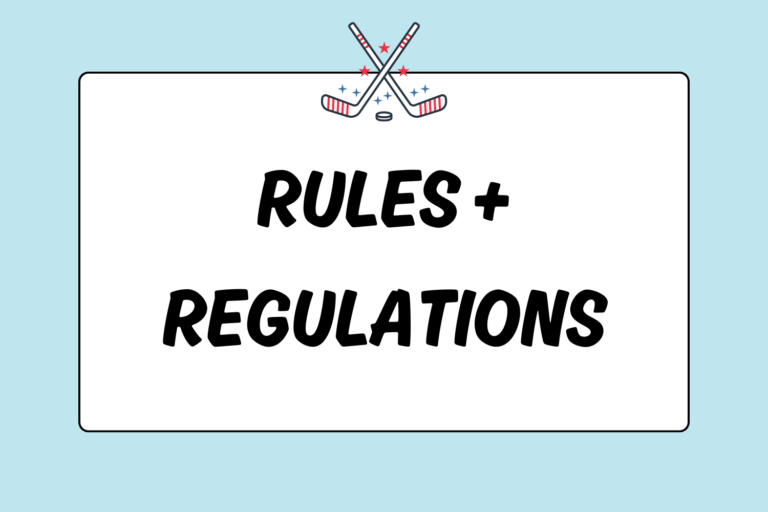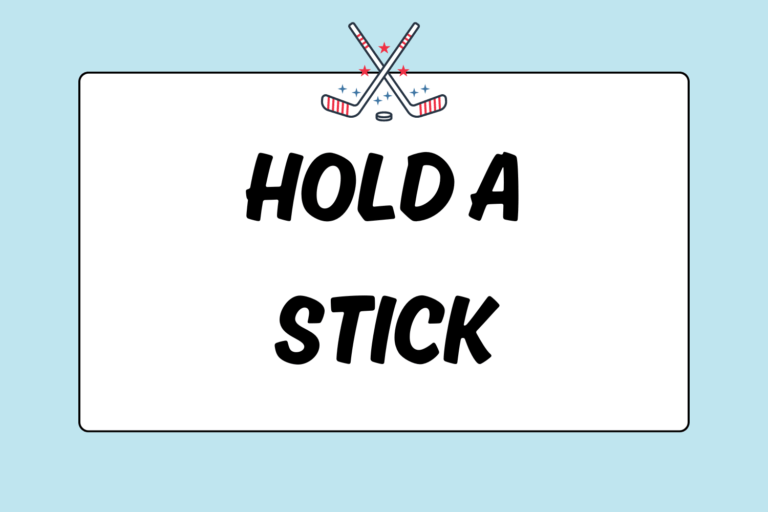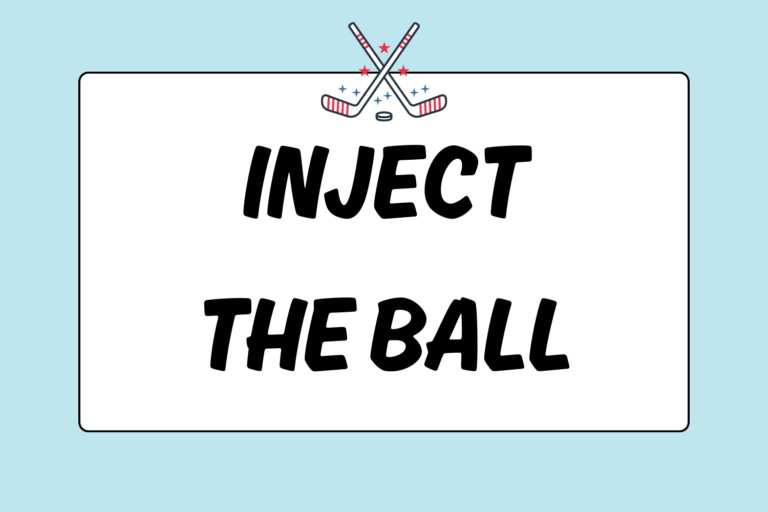Receiving the ball with your reverse stick should become part of your skill set once you reach the intermediate level in field hockey. You’ll be using it frequently, whether it’s passing with a partner or running down the field to take the winning shot. Whatever the reason, you’ll be using the reverse stick stop quite regularly.
This guide will teach you the techniques used for reverse stick stops and how to properly transfer the ball to your strong stick side for the dribble. These skills will help you become a well-rounded player, and give you the ability to play the ball off your strong and reverse stick flawlessly.
Keep It Short
The first thing you need to know to understand reverse stick stopping is that the stop is always made on your weak (left or reverse) side. Also, you don’t want to dribble with the reverse stick because it gives you less control and passing options. So, keep the ball on the reverse stick for the shortest amount of time possible.
Immediately after you stop the ball, quickly switch your grip to the strong stick and start to dribble. Remember, it’s a quick transfer from the reverse stick stop to the dribble on your strong side. Now, read on and you’ll learn how to stop the ball.
Passes Coming from the Right
Using the reverse stick is the easiest way to receive a pass from the right. You can also use the strong stick; however, that requires a bit more maneuvering. (Check out our guide, “How to Receive on the Run in Field Hockey” for more information on strong stick stopping.) Generally, your teammate will pass the ball slightly in front of you so that you can easily receive it on the run.
When the ball is coming from the right, let it pass in front of your body before receiving it with your reverse stick. Then, pull it to your strong side and dribble:
- Start behind the ball and run onto it as your teammate passes it you.
- Let the ball roll across your body from your right side to your left.
- Turn your stick to use your reverse stick and receive the ball outside of your left foot.
- Angle the top of the stick down — towards the ball’s incoming direction — to cushion it as you trap it with the reverse stick.
- After you’ve controlled the ball, pull the ball across your body to your strong side.
- Once the ball is on your strong side, switch to the strong stick to control the ball.
- Dribble with the strong stick while scanning the field for possible passing options.
Passes Coming from the Front, towards Your Left
If the ball is being passed from a player ahead of you and to your left side, and if it’s coming in fast, receive the ball with your reverse stick and transfer it to your strong side. Remember, don’t be lazy — only use the reverse stick if the ball is coming in too quickly to receive it with your strong stick. Follow the steps below and you’ll be ready for any pass coming in hard to your left side:
- Turn your body towards the left so the right side of your body faces the incoming ball.
- Turn your stick to use the reverse stick.
- Place your stick in line with the ball’s path.
- Receive the ball on the bottom of the stick, just behind your left foot.
- Angle the shaft of the stick towards the ball’s incoming direction to cushion it as you stop it.
- Pull the ball across your body with your reverse stick.
- Switch to the strong stick to control the ball.
- Dribble with your strong stick while scanning the field for possible passing options.
Passes Coming from Behind, Stop & Flow
If the ball is approaching the right side of your body and coming up from behind, use the reverse stick to quickly trap it and continue forward up the field. Using the reverse stick helps you continue the forward momentum of the ball and yourself. It also reduces the time needed to restart the ball.
- With your back to the ball, turn your head to the right to assess the ball’s direction.
- Turn your stick to use the reverse stick, and place your stick in the ball’s path.
- Keep your back to the ball, but turn your torso and arms towards it. This will help cushion the ball once you’re ready to stop it.
- Let the ball run past your body.
- Receive the ball on the right side of your body, slightly in front of your right foot.
- Control the ball by slightly angling the shaft of your stick towards the ball’s incoming direction.
- Quickly switch to the strong stick by turning your stick behind the ball (toe pointing right).
- Accelerate forward after the trap, and scan the field for possible passing options.
Passes Coming from Behind, Pull from the Right to the Left
Incorporating a pull into your trap will help you dodge any immediate defenders. However, make sure to transfer the ball back to the strong stick after the initial pull.
- Place your hands in the reverse stick grip.
- With your back to the ball, turn your head to the right to assess the ball’s direction.
- Place your stick in the ball’s path.
- Let the ball pass in front of your body and right foot.
- Receive the ball with your reverse stick on the right side of your body.
- Now, switch to the strong stick and pull the ball across your body to your left side.
- When the ball is at the left side of your body after the pull, control the ball with the reverse stick.
- Bring the stick back to its strong stick side.
- Accelerate forward and start dribbling. Scan the field for possible passing options.
Hot Tip: Double Whammy
If you want to improve your stick skills, you must get comfortable with your reverse stick. Adding the reverse stick stops to your repertoire will give you a huge advantage over your opponents. Call it the “double whammy” — you’ll be skilled with both sick grips and able to play any position on the field with ease.
Flat, Two-Handed Stop
This stop will provide you with extra control for harder hits. You can also use it for deflections around the field or into goals by angling your stick (toe or hook edge) towards the intended destination. To receive a ball that is being passed from somewhere in front of you, and towards your left:
- Place your hands in the reverse stick grip.
- Get low to the ground.
- Lay the stick flat, with the toe touching the ground on the left side of your body — your right arm will cross over your left.
- Angle the shaft forward to control the ball.
- Receive the ball on the flat side of the shaft.
- Pull the stick to the right to transfer the ball to the strong stick.
- Control the ball with your strong stick and dribble forward.
- Scan for possible passing options.
Flat, One-Handed Stop
The flat, one-handed reverse trap is used to stop soft passes, intercept, and deflect balls into the goal. Keep a strong grip on the stick with your left hand. If you want to deflect the ball using this technique, angle your stick in the intended direction.
To receive a ball coming from somewhere in front of you, and towards your left:
- Gripping the reverse stick, place your left hand on the top of the stick.
- Place the stick flat on the ground with the toe pointed down on the left side of your body.
- Receive the ball on the stick’s shaft. Angle the shaft of the stick forward to cushion the ball.
- Place your right hand on the stick as you pull the ball to your strong side directly after the stop.
- Switch to the strong stick, and scan the field for possible passing options.
Receive and Run
Mastering the reverse stick will improve your stick skills tremendously. It will give you more stopping and passing options, and develop your reverse stick pulls and dodges. You will also have an advantage in front of the goal to create deflections and stop rebounds.
The reverse stick requires an experienced skill level. Reverse stick stopping will give you an initial advantage. But, being able to then transfer the ball back to the strong stick is needed to beat your opponent. Learning these techniques will help you stop more balls and create more opportunities!





